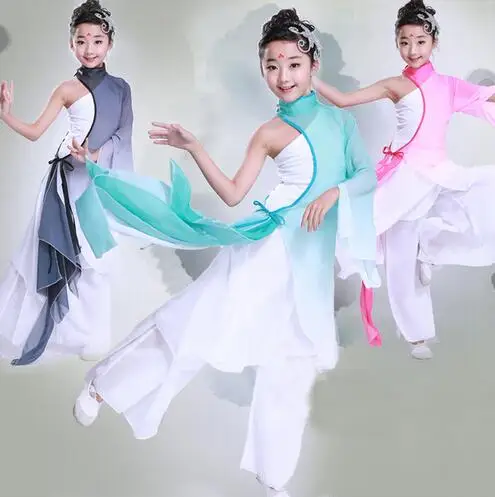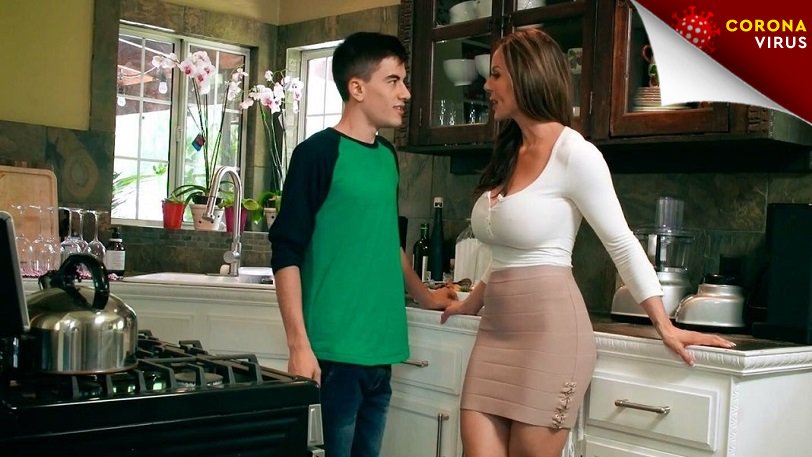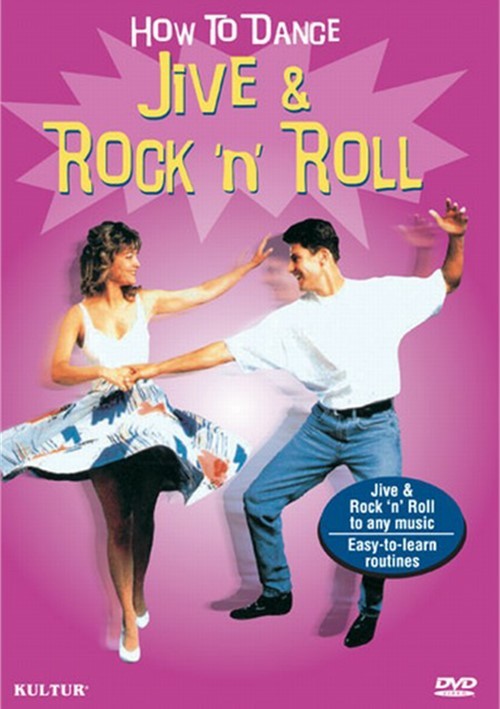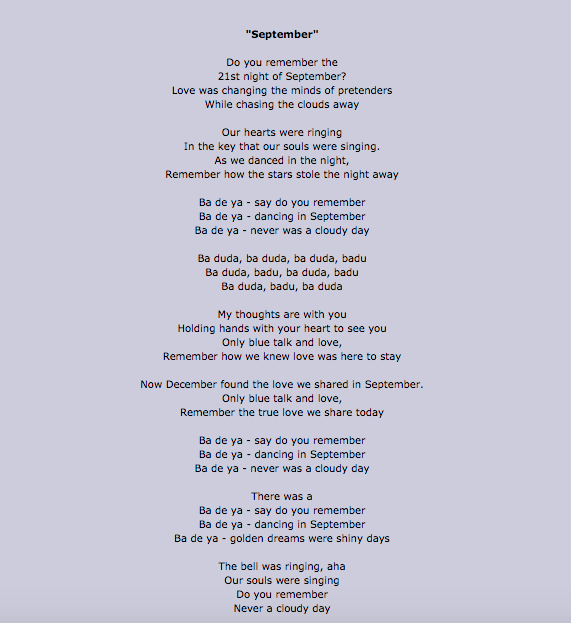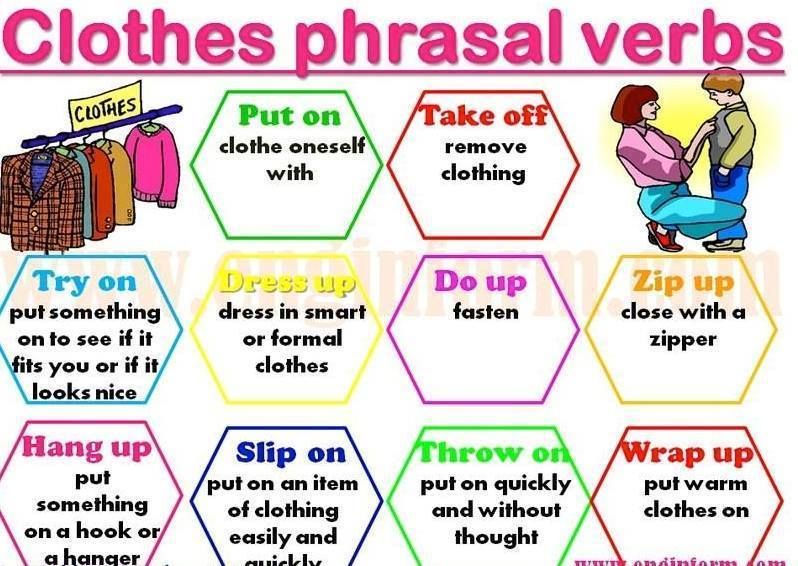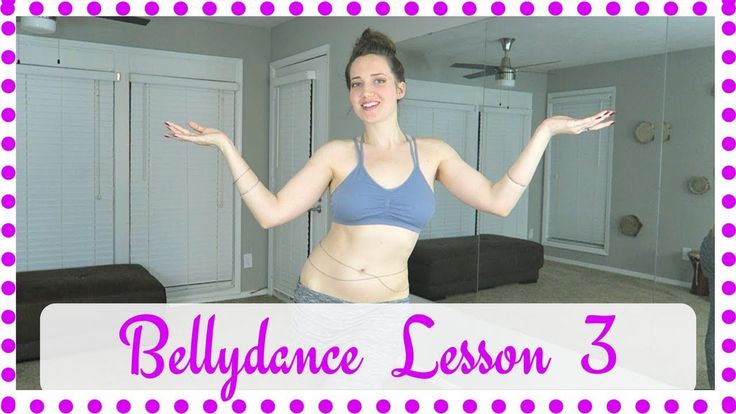How do you dance cumbia
How to Dance Cumbia | The 2023 Dancer’s Guide
If you’ve been wanting to learn how to dance cumbia, it's time to grab your dancing shoes and get in the groove! This lively and exciting Latin dance is relatively simple, which makes it one of the more beginner-friendly styles of dance. So, even if you don’t consider yourself much of a dancer, you can easily learn how to dance cumbia and master the steps with just a bit of guidance and practice.
Excited to learn how to dance cumbia, but not sure where to start? Our beginner’s guide will introduce you to the art of cumbia music and dance and provide you with all the resources you need to learn how to dance cumbia, whether you want to teach yourself or work with professional dance instructors. Before you know it, you’ll be dancing away your worries and reaping all the wonderful benefits of dance! As experts at the Better Health Channel state, learning to dance can lead to physical and mental health benefits such as improved aerobic fitness and greater self-confidence. So, let's get started!
Jump to Section
- How to Learn the Cumbia
- What is Cumbia?
- Cumbia Steps
How to Learn the Cumbia
Dance Classes
One of the best and most exciting ways to learn how to dance cumbia is to take in-person or online dance classes. When you take a dance class, you’ll receive detailed guidance from top-rated dance teachers and have the chance to practice your skills with a partner, all while getting immediate feedback and tips from the professionals. Not only is it a great and effective way to learn how to dance cumbia, but it’s also extremely fun, especially with friends or fellow dancers! Whether you are looking to learn how to dance cumbia or some other style, be sure to check out the dance classes near you, as well as dance classes in NYC and dance classes in Las Vegas.
via CanvaPractice, Practice, Practice
Of course, the best way to learn how to dance cumbia and to really perfect your moves is to practice as much as you can! The good news is that cumbia is not a particularly difficult style of dance, which means it is relatively simple to learn the steps on your own and practice, even just from the comfort of your own home.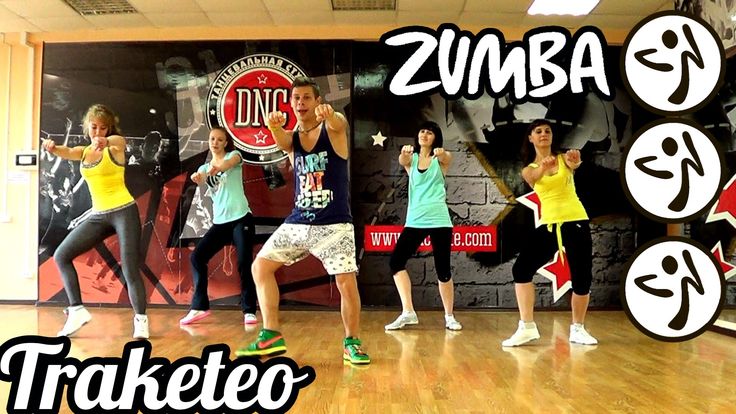 All you need is some cumbia music (and there’s plenty of playlists for free on Youtube), a positive attitude and our handy guide to how to dance cumbia. Keep reading to learn all about how to dance cumbia. We’ll explore the history of this art form, including where cumbia is from, and easily break down all the cumbia steps and counts.
All you need is some cumbia music (and there’s plenty of playlists for free on Youtube), a positive attitude and our handy guide to how to dance cumbia. Keep reading to learn all about how to dance cumbia. We’ll explore the history of this art form, including where cumbia is from, and easily break down all the cumbia steps and counts.
What is Cumbia?
History: Where is Cumbia from?
Cumbia music and dance traces its origin back to the country of Colombia during the 1800s, and more specifically the coastal town of San Basilia. Cumbia began as a folk dance that blended together the culture of native Colombians with that of the enslaved Africans, who had been brought over by Spanish colonizers. Then, in the 1940s, Colombian singer Luis Carlos Meyer Castandet emigrated to Mexico and started working with the Mexican orchestra director Rafael de Paz, first bringing this lively style of dance and music to the country. It quickly became popular and as more Mexicans learned how to dance cumbia, it gradually evolved into the subgenre now known as Mexican cumbia. Around the same time as the dance was being adapted in Mexico, cumbia dance was also spreading throughout other Latin American countries, including Peru, Chile and Argentina, and now it has become one of the most popular Latin dances performed throughout the world, both by professionals and amateurs.
Around the same time as the dance was being adapted in Mexico, cumbia dance was also spreading throughout other Latin American countries, including Peru, Chile and Argentina, and now it has become one of the most popular Latin dances performed throughout the world, both by professionals and amateurs.
Cumbia Music
Cumbia music is largely considered by many to be the “mother of all Latin music.” It blends together the rhythm of African drums with the melody of Colombian flutes and maracas, but since its creation has now expanded to incorporate many more instruments, including the guitar, clave, accordion and bass guitar. Cumbia music is lively and energetic, a crossover between salsa and samba. Although it doesn’t feel quite natural to dance salsa to cumbia music, dancing cumbia to salsa music is quite popular among dancers in Central America. So, as you learn how to dance cumbia, make sure you’ve got some authentic cumbia music to play!
via CanvaCumbia Steps
The Basic Cumbia Step
The back-break basic is the main step you need to learn when mastering the art of how to dance cumbia, and luckily, it’s perfect for beginners. It can be broken down into a four-count pattern. So, here’s how to dance cumbia:
It can be broken down into a four-count pattern. So, here’s how to dance cumbia:
First, you start with your feet together, then on count 1, step back with your right foot at an angle – you’ll want to make an approximately 45º angle with your angled right toe almost in line with your back heel (keep a fair bit of distance, though, as you don’t want your feet to be touching). On count 2, step in place with your left foot (easy enough, right?). On count 3, step your right foot back in place with the left. Count 4, just wait and shift your weight. You can even lightly tap your right heel if you’d like to add a bit more flair to your step.
Then, you’ll repeat the same steps, only this time you’ll switch sides, stepping back with your left foot at an angle on count 1. On count 2, step in place with your right foot this time before bringing your left foot back in place again and waiting or shifting your weight for count 4. As you are learning how to dance cumbia, go through the steps slowly to start and then gradually speed up as you get more and more comfortable.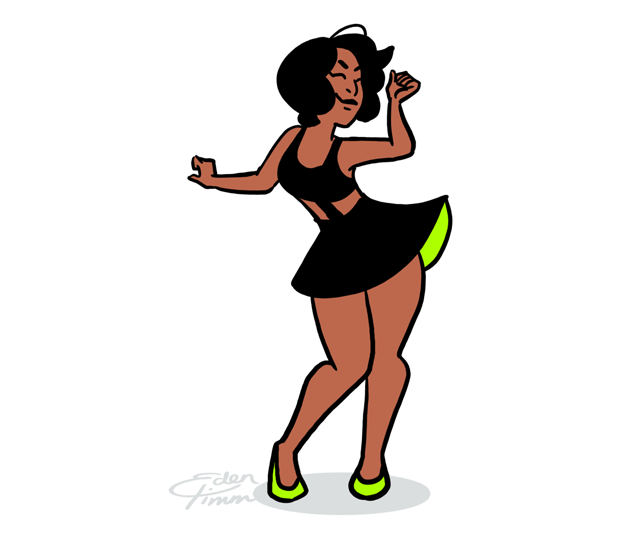 Before you know it, you won’t even be thinking about it anymore, and once you’ve mastered this basic back-break step, you’re ready to move on to the more fancier stylistic elements of the dance.
Before you know it, you won’t even be thinking about it anymore, and once you’ve mastered this basic back-break step, you’re ready to move on to the more fancier stylistic elements of the dance.
Dancing With a Partner: Lead or Follow?
When you are learning how to dance cumbia, you’ll need to know if you are the leader or follower. Although the cumbia dance doesn’t require leaders (traditionally men) and followers (traditionally women) to learn different steps, in order to dance together as partners, you’ll need to make sure you are on opposite feet. This means that the leader should first step back with their left foot, while the follower should first step back with their right foot. Doing so will ensure that your feet movements mirror each other and flow in the same direction without your feet unintentionally colliding and disrupting your groove. As you dance with your partner, you can raise your arms in front of you and hold hands before gradually introducing some of the more advanced moves together as you keep exploring how to dance cumbia.
Advanced Cumbia Moves
As you and your partner keep the basic 4-count back-break step pattern going, you can spice things up a bit by adding hip dips, spins and other moves. When learning how to dance cumbia, you must learn how to feel the music, so after mastering the basic 8-count step, you’ll want to spend some time practicing the basic dance pattern to music, letting your hips and body sway to the beat. Once you both feel more comfortable moving to the rhythm in step, you can start experimenting and having a bit of fun with learning how to dance cumbia.
Adding a Turn
Adding a turn is one of the more advanced moves when it comes to learning how to dance cumbia. Starting face-to-face, you and your partner will each step backwards together while continuing to hold hands. Then, release hands. The leader will use their left hand to guide the turn by pulling the follower forward on their right foot.
Important note: the follower should firmly plant their right foot at this point, as this is the foot they will turn on, their pivot point.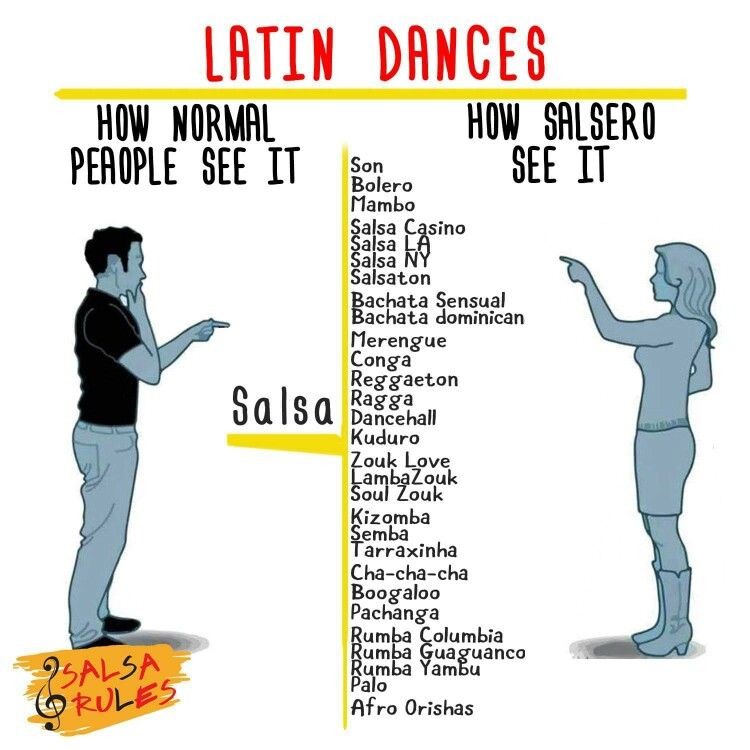 While the follower is planting their foot, the leader grabs their partner’s right hand, raising up their arm and beginning the turn. Finally, to finish the turn, the leader steps forward and to the side on their left foot to complete the turn and bring you both back to the neutral starting point.
While the follower is planting their foot, the leader grabs their partner’s right hand, raising up their arm and beginning the turn. Finally, to finish the turn, the leader steps forward and to the side on their left foot to complete the turn and bring you both back to the neutral starting point.
The counts for the turn are as follows:
- Both step back
- Follower steps forward and the turn begins
- Leader steps forward and to the side, completing the turn
- Arrive back at neutral
Now you’re ready to crank up the music and start exploring how to dance cumbia! Whether you decide to learn on your own, with a partner or at a dance class, the steps are pretty beginner-friendly, which makes this Latin dance a fun and accessible option for everyone, no matter what your skill level. Most important of all, have fun as you learn how to dance cumbia! Keep practicing and before you know it, you just might be a professional Mexican cumbia dancer.
For even more creative ideas and inspiration, check out other experiences happening on Classpop!
Related Articles
A Beginner's Guide to Bachata DancingHow to Belly Dance (With Confidence!)
How to Line Dance Like a Pro
How to Slow Dance With Style
How to Salsa Dance Beginner’s Guide
How to Swing Dance: A Beginner’s Guide
How To Dance Cumbia For Beginners? A Step-By-Step Guide
Tracing its root in Colombia, this alluring dance style – Cumbia – has been a staple in the nightlife of many South American nations. It’s not hard to find a dancer doing the famous steps in discos and clubs, you ever got the opportunity to visit!
Here’s how to dance cumbia for beginners, if you don’t want to miss out on it. Thankfully, the dance itself is quite simple. You can probably master it in a couple of hours if you put your mind to it (and get a partner, too!)
Contents
- Cumbia Dance Style: An Overview
- History
- The Music
- How To Dance Cumbia Solo?
- Count 1: Step Back The Right Foot
- Count 2: Step In Place The Left Foot
- Count 3: Step The Right Foot In Place With The Left
- Count 4: Wait For A Beat & Shift Your Weight
- Switch Sides & Repeat The Steps
- Start From Slow To Quick
- How To Dance Cumbia With A Partner?
- Leader and Follower
- Dancing With A Partner
- How To Add A Turn?
- Dance Cumbia In A Circle
- Advanced Cumbia Moves
- FAQs
- 1.
 What Type Of Dance Is Cumbia?
What Type Of Dance Is Cumbia? - 2. How Is Cumbia Different From Salsa?
- 3. How Is Cumbia Different From Bachata?
- 1.
- Bottom Line
Cumbia Dance Style: An Overview
History
The term cumbia, according to experts, came from a Bantu word kumbe, meaning “to dance”.
Like many other folk dance styles around the world, there aren’t any exact historical records about it. All we know is that cumbia appeared and picked up steam in the 1800s in the beautiful coastal town of San Basilia, Colombia.
Cumbia is described to be a harmonious mixture of Colombian and African cultures. The latter came from enslaved Africans brought to Latin America by the Spanish.
The big boom for cumbia came in the 1940s when Luis Carlos Meyer Castandet – a legendary Colombia singer – brought the dance style to Mexico. There, it quickly caught the fancy of the masses and soon became extremely popular. So popular, in fact, that the dance crossed borders into many other South American countries from Peru all the way to Argentina.
The Music
For cumbia, music is just as important as the dance itself. The lively music can inspire so much energy that many consider it to be the “Mother of all Latin music”. If you want to imagine what it sounds like, it’s like a combination of salsa and samba.
The music is played by special musical ensembles, known as conjunto de cumbia (or cumbiamba). A cumbiamba can entreat you to a feast of sounds from “conventional” instruments like guitars and bass guitars to more traditional instruments like Colombian flutes and maracas.
If you’re going to practice cumbia, make sure to get yourself a good recording. The spirit of the dance won’t be there if you were to choose some sub-par, non-authentic music!
How To Dance Cumbia Solo?
The basic dance can be packaged into a simple four-count pattern. Once you’ve mastered it, you’re basically ready to take to the floor!
Start from a resting position with your feet together. If you know how to dance salsa, the resting position is the exact same.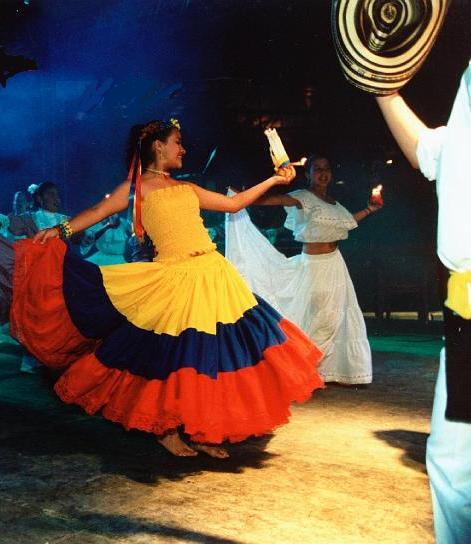
Count 1: Step Back The Right Foot
Move your right foot to the side and at a 45° angle. Your right toe should be in line with the back heel of your left foot.
Keep a fair distance between both feet. They shouldn’t be touching one another.
Count 2: Step In Place The Left Foot
The second count is very simple. Just step in place with your left foot.
If you have a partner with you, here’s a good chance to get your game on and be flirtatious. You can even show your enthusiasm on your face and body language.
Count 3: Step The Right Foot In Place With The Left
Bring your foot back to the resting position (both left and right feet side by side).
Count 4: Wait For A Beat & Shift Your Weight
On the last count, pause for a beat. Then, shifts your weight from the right foot to the left foot.
Shake your hips a little to add some extra flair to your movement.
Switch Sides & Repeat The Steps
Re-do the four-count pattern, but this time, on the left side instead of the right.
- Bring your left foot back on count 1.
- Step in place with your right foot on count 2.
- Retract your left foot on count 3.
- Then shift weight to the other side on count 4.
Like any other dance, the first time you do it may feel a bit awkward. But the more you practice, the more natural the steps will feel.
Start From Slow To Quick
Start out slow and gradually speed up as you become comfortable with the pattern. When you no longer have to think about the steps and your feet feel like they have minds of their own, you’re ready to hit the club!
However, that doesn’t mean there’s nothing left to learn. The four-count pattern is the most basic part of dancing cumbia. If you want to truly wow the crowd, focus on learning more advanced steps and elements of the dance next.
… or learn how to dance with a partner! After all, cumbia was originally a courtship dance. Having a partner is basically half the fun.
How To Dance Cumbia With A Partner?
Leader and Follower
When you set out to learn (or dance) cumbia with a partner, establish which of you will lead and which will follow. Traditionally, the leader is going to be male and the follower will be female. Nevertheless, in the modern age, anyone can be anything.
The reasoning behind this system is to keep both of you in rhythm. Two partners must dance on opposite feet. The leader will start out on the left foot, while the follower will start out on the right. As you go through the dance, the feet will alternate.
Dancing With A Partner
Not much changes when you dance cumbia with a partner. The basic four-count pattern still applies.
The dance will start out with you and your partner facing one another, about 2 feet apart. Gently link both of your hands together in the middle.
Count 1
The leader will step his right foot back, while the follower steps back on her left foot.
Next, the leader will release his right hand and extend it outward or upward. The follower releases her left hand and does the same flourishing motion. Keep the other hand linked between you two.
The follower releases her left hand and does the same flourishing motion. Keep the other hand linked between you two.
When you step back, your shoulders should touch.
Count 2
Step your foot. If you’re the leader, step your left foot (right foot for the follower).
Count 3
Come back to one another and link your hands back up again. Remember to move your hips and sway them side to side as the two of you dance.
Count 4
Pause for a beat, then shift your weight to the other foot.
Switch sides & Repeat
Re-do the pattern again. Keep on switching from side to side until the music stops.
How To Add A Turn?
Like we said, the same four counts aren’t all there is to know about cumbia. To spice things up, you can add spins, turns, dips, and other moves to make your performance more exciting, too. The easiest to learn right out of the gate is the turn.
On the first count, step back from one another with the leader on his right foot and the follower on her left foot. But unlike the standard pattern, don’t release one another’s hands. Instead, keep them interlinked as you step back.
But unlike the standard pattern, don’t release one another’s hands. Instead, keep them interlinked as you step back.
Count 2, reset your feet. As you do, assuming you’re the leader, let go of your partner’s right hand. Your left hand, still holding onto your partner’s, will be used to guide the turn.
Count 3 is the turn. Gently pull your following partner by stepping your left foot forward. The follower will plant her right foot in one place and turn on that foot. As you go through the motion, lift your left hand and arm.
On count 4, the turn is finished. As the follower turns, the leader will step forward and to the side on his left foot, bringing him back to the resting position with both feet together. At the end of the motion, the follower will come back to the resting position, too.
Repeat!
Dance Cumbia In A Circle
Cumbia is often danced in a circular pattern, revolving around the group of musicians playing the music. There’s nothing difficult about it, really.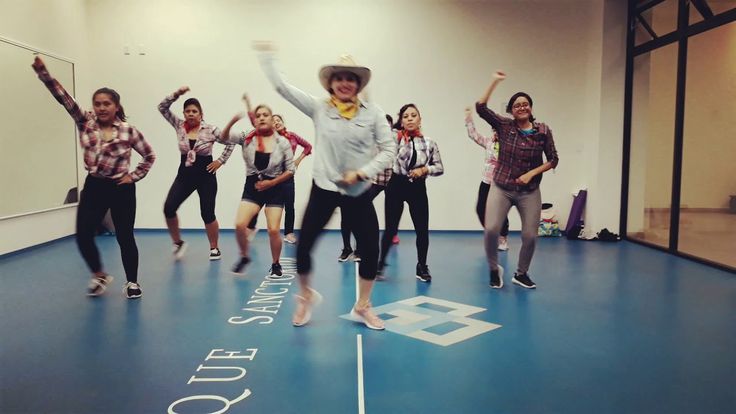 As you go through the basic pattern, you will naturally move yourself (and your partner) to the side. Guide yourself in a circle.
As you go through the basic pattern, you will naturally move yourself (and your partner) to the side. Guide yourself in a circle.
If you’re dancing with other groups, the whole party will typically dance in a circle. Just follow everyone else!
Advanced Cumbia Moves
Advanced cumbia moves include turns, dips, and spins. Once you first start out, it’s highly recommended that you focus on getting the basic pattern down. Once you do, get a feel for the music.
Keep practicing until the pattern is ingrained in you. Afterward, you can have a bit more fun by experimenting with different moves.
FAQs
1. What Type Of Dance Is Cumbia?
Cumbia is a traditional folk dance. As we’ve introduced at the very beginning of the article, the dance style and the music have the spirits of different cultures: African and Spanish.
At first, the dance was more of a folkloric, courtship dance. These days, cumbia has evolved into a social dance that can be done with friends, family, as well as lovers alike.
2. How Is Cumbia Different From Salsa?
Cumbia is a bit slower than salsa. Compared to the frenetic rhythm of salsa, cumbia is more gentle and easier to follow along. The relaxed rhythm and the easy, circular pattern are great for social dancing … but not great for competitions.
Salsa is a lot more preferred in dance competitions due to its showy and technical nature.
3. How Is Cumbia Different From Bachata?
Unlike cumbia and salsa, which shares many characteristics with one another, cumbia and bachata are two totally different styles. Cumbia originates from Colombia, while bachata traces its roots back to the Dominican Republic.
Bachata is danced in a four-step timing, while cumbia dances in either 2/2 or 4/4 dance signatures. Last but not least, the style, music, and moves are totally different between cumbia and bachata, too.
Check more: Types Of Ballroom Dance With Definition & Pictures
Bottom Line
It’s not all that difficult to learn how to dance cumbia for beginners, especially if you’ve had previous dance experience.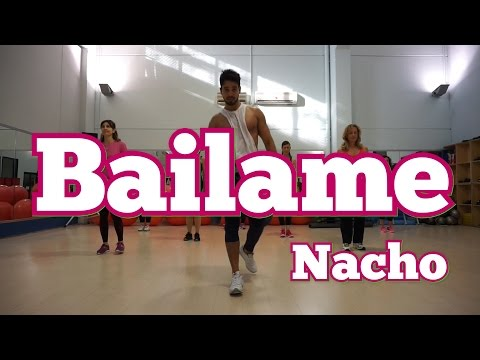 But even if you haven’t danced before (or think you’re not very good at it), cumbia is still super easy to learn. It won’t take more than a couple of hours to master the basic cumbia steps and move on to more advanced techniques.
But even if you haven’t danced before (or think you’re not very good at it), cumbia is still super easy to learn. It won’t take more than a couple of hours to master the basic cumbia steps and move on to more advanced techniques.
La Yegros - Viene De Mi Lyrics SongMeanings Listen La Yegros
Yo no bailo la cumbia, abandono el suelo
Y me entrego al aire que vas dejando
Yo me convierto en tu deseo
Yo no rompi el cristal
Fue la luna roja, la loba en celo
Fueron tus dedos que me tocaron y se volvieron
Viene de tí, viene de mí, viene del viento
No miento es un sentimiento
Es un sentimiento
Viene de tí, viene de mí, viene del viento
No miento es un sentimiento
Que es un sentimiento
En san fernando fumé un poquito
Fue lluvia seca no fue delito
Hoy que no necesito a nadie yo te preciso
Dime que no rompiste la madrugada
Que no te fuiste que despertar la proxima vez
No será tan triste
No miento es un sentimiento
Es un sentimiento
Viene de tí, viene de mí, viene del viento
No miento es un sentimiento
Que es un sentimiento
Una luz, no más que una luz,
Querida, una luz torcida,
Que en el desierto cambio mi vida
Camarada de rebellion
Florcita macumba en la despedida
No digas siempre, no digas nunca
Viene de tí, viene de mí, viene del viento
No miento es un sentimiento
Es un sentimiento
Viene de tí, viene de mí, viene del viento
No miento es un sentimiento
Que es un sentimiento
I don't dance cumbia, I leave the floor
And I give myself to the air that you leave
I became your desire
I did not break the glass
It was a red moon, a wolf in the heat
It was your fingers that touched me and turned around
It comes from you, it comes from me, it comes from the wind
I'm not lying, this feeling
This feeling
It comes from you, it comes from me, it comes from the wind
I'm not lying, this feeling
What does it feel like
I smoked a little in San Fernando It was dry rain, it's not a crime
Today, when no one needs me, I need you
Tell me that you didn't break dawn
That you didn't go to wake up next time
It won't be so sad
It comes from you, it comes from me, it comes from the wind0004 I'm not lying, this feeling
This feeling
It comes from you, it comes from me, it comes from the wind
I'm not lying, this feeling
What is the feeling
Light, nothing more than light,
Dear Crooked Light,
That in the desert my life has changed
Comrade of the Rebellion
Florsita Makumba goodbye
Don't say always, never say
It comes from you, it comes from me, it comes from the wind
I'm not lying, this feeling
This feeling
It comes from you, it comes from me, it comes from the wind
I'm not lying, this feeling
What is the feeling
Interview with Julio Balmaceda – La Casta
The wonderful Moscow tango newspaper El Mayak published an interview with Julio Balmaceda, a tangero whose style is impossible not to recognize: an elegant step, subtle musicality and "signature" circular movements.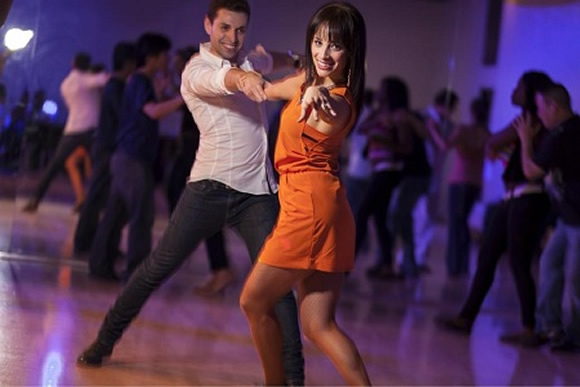 In the interview, the maestro tells how he came to tango and shares his views on teaching, milongas and music. nine0092
In the interview, the maestro tells how he came to tango and shares his views on teaching, milongas and music. nine0092
L.Ch. Of course, the first question will be about how you started dancing, why, etc. I remember you said you only started 20 years ago.
H.B. Yes, I've been dancing half my life. Started 20 years ago. My dad was a famous milonguero. I started to study with him at home because I was afraid to go to practice.
L.Ch. Why?
H.B. Because I was the son of Balmaceda!
L.Ch. And why did you start so late - if your father was a milonguero? Why, for example, not at 10 years old? nine0009
H.B. At first I was interested in other things. Of course, I knew that my father works in tango, but it was not so popular in 87-88. And then people started talking a lot about tango, and I became interested in what my father was doing.
L.Ch. Did your father dance the tango before that?
H.B. Yes
L.Ch. Did he teach?
H.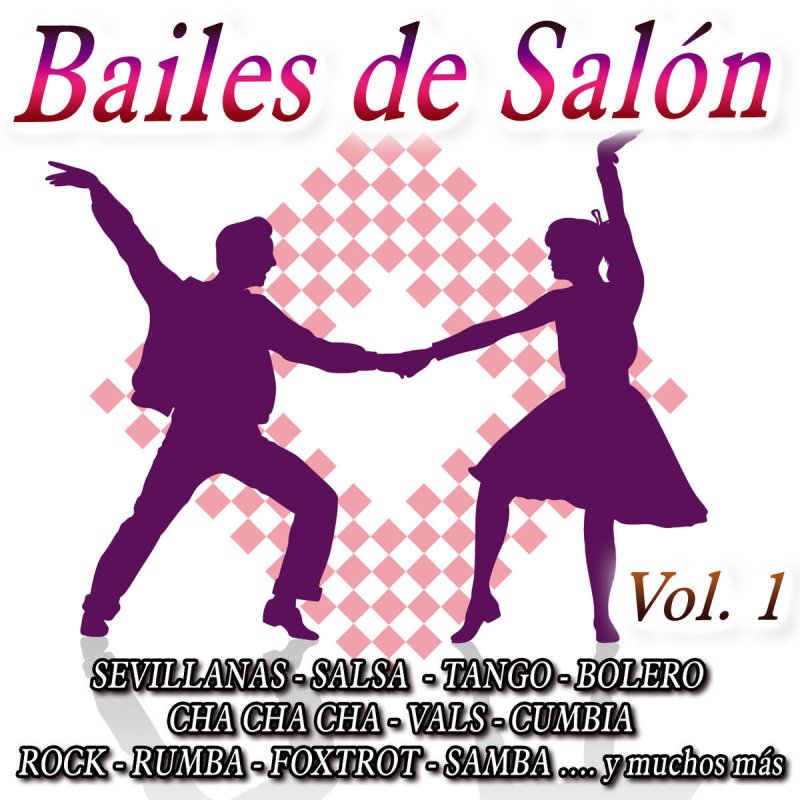 B. Yes, but only for seniors.
B. Yes, but only for seniors.
L.Ch. Those. did you become interested in tango when it became popular among young people?
H.B. Well, something like that. In fact, I started about 3 years before a lot of young people came to tango. nine0009
L.Ch. But you caught this trend.
H.B. Yes.
L.Ch. Were you interested at 15?
H.B. I knew that dad was a tango dancer, but at that time no one was talking about tango much. And then suddenly the wave “Argentine tango is back” swept through, there were many articles, large reports, discussions. Besides, I had another reason to start dancing. At that time my father was working in Caning. taught. Moreover, there were a hundred people in the lessons. There were no milongas then on Wednesdays. They cleared all the chairs and tables and danced all over Caning. Moreover, 100 people came to the lesson, and only 80 people paid for it. And my father suggested that my girlfriend, who was then unemployed, collect money at the entrance. She agreed, and of course I went along with her. And watched it all happen. And good dancers, I even remember Osvaldo Zotto, who took lessons from my father, asked me: “Who are you?”. I am the son of Miguel Balmaceda. Do you dance? -No. -What are you?? Yah! You are such a fool! And everyone talked to me like that. In the end, I thought: what is it, this is your tango? That is, I thought about dance, because I know music since childhood. nine0009
She agreed, and of course I went along with her. And watched it all happen. And good dancers, I even remember Osvaldo Zotto, who took lessons from my father, asked me: “Who are you?”. I am the son of Miguel Balmaceda. Do you dance? -No. -What are you?? Yah! You are such a fool! And everyone talked to me like that. In the end, I thought: what is it, this is your tango? That is, I thought about dance, because I know music since childhood. nine0009
L.Ch. But you didn't go to Canning.
H.B. Of course, I had my own father at home. Is free!
L.Ch. And what did he say? Did he want you to study?
H.B. He waited, waited, waited for me to ask him.
L.Ch. And when you asked him...
H.B. He was very happy. And as soon as I said that I wanted to dance, he immediately said, "OK, let's try." He was very happy. He saw my first performance.
L.Ch. Where?
H.B. In Caning with my ex-girlfriend. With the one who collected money for the lesson.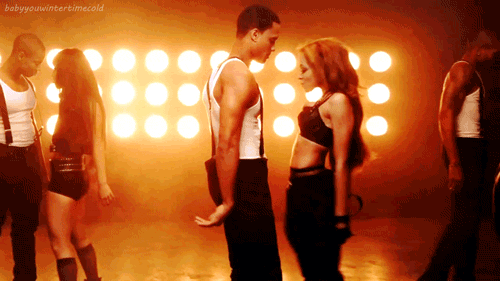 Now she already has 3 children. She stopped dancing when we broke up. It was somewhere in 91.
Now she already has 3 children. She stopped dancing when we broke up. It was somewhere in 91.
L.Ch. Did you study for fun? Or was tango your future profession?
H.B. I never thought about it. Until people began to like what I did. Some people came up to me and said that I was a wonderful dancer, and I began to think about it. And at 1991 my dad asked me to help him in class. In the middle of 92 my father died, I left tango and did not dance for a year.
L.Ch. Why?
H.B. Don't know. I had no reason to dance, there was no father, and besides, I broke up with the girl with whom I danced. And at 92, one of my father's students called me - I don't even know where she got my phone from and why. “Hi Julio, do you remember me? I would love to work with you because I want to save your father's school and you know how to teach. But I haven't danced for a year! Don't worry, it won't be forgotten." We met with her in a bar, talked, and from the end of 92 I started teaching.
L.Ch. Did you have another profession?
H.B. No. I can fix cars. But I abandoned this profession. I started working when I was 14 or 15…when I was about 20, lost my auto shop because I wasn't interested. But I always somehow earned. O! for example, I laid telephone cables, and the last job before teaching tango, and during teaching, was something like medical insurance - I was an insurance agent. nine0009
L.Ch. And was tango a hobby or a profession?
H.B. Always a hobby.
L.Ch. Even now?
H.B. Not now. After we met Corina (de la Rosa) - I met her at 96. That is, from 93 to 96 I was engaged in insurance and taught. But when I met Corina….
L.Ch. How did you meet?
H.B. She came to my class.
L.Ch. And you immediately decided that this is your next partner?
H.B. I broke rule 1 here. As my father said, "where you eat, there is not...". I broke this rule. And I became a professional when we started traveling abroad - at 1997
L. Ch. Did you give lessons abroad or ... did I see theater posters here?
Ch. Did you give lessons abroad or ... did I see theater posters here?
H.B. Yes, it was our first work abroad. It was a show, or rather a theatrical performance that we brought to different cities on the east coast of Italy. We had 2 versions of the troupe - large and small, depending on the venue.
L.Ch. Is this the only show you've worked on?
H.B. No, I danced in Forever tango (shows posters), at various events, and we also had our own show in France a year ago. And now we're putting on a show here in Buenos Aires: since we now have Alma (daughter), we're quite limited, but I think we'll be working hard this year. nine0009
L.Ch. The show is...?
H.B. Orchestra and 3 couples.
L.Ch. Is it just a dance or will there be some story?
H.B. The story of what happens in the milonga. About the different people who come to the milonga and the connections between them. Good idea.
L.Ch. And who writes the script?
H.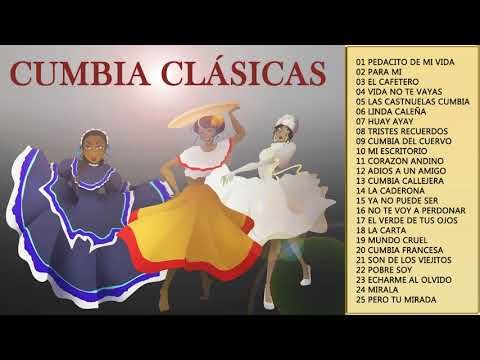 B. Korina, and me too. The choreography is also our common - group. That is, we follow how it looks, we can offer something, but I don’t put on a dance for couples, because the idea of the performance is for people to dance the way they dance. nine0009
B. Korina, and me too. The choreography is also our common - group. That is, we follow how it looks, we can offer something, but I don’t put on a dance for couples, because the idea of the performance is for people to dance the way they dance. nine0009
L.Ch. And who will dance? Your students or guest dancers?
H.B. One couple is Rodrigo and Augustine, the second is Joe and Lucilla.
L.Ch. And the third pair is you?
H.B. Naturally.
L.Ch. Are you tired of tango?
H.B. No!
L.Ch. Not from dancing, not from shows, not from lessons? Do you dance in the milongas?
H.B. Yes!!! I don't have much time now, but I like to dance in the milongas.
L.Ch. Do you listen to tango outside of work? nine0009
H.B. Yes, all the time! I like different styles of music - melodic, rock and call, for example, the Beatles. I like 80s music. Sometimes a classic depending on the mood.
L.Ch. What kind of music does Alma like?
H. B. She likes the voice, and any music.
B. She likes the voice, and any music.
L.Ch. By the way, how is it to dance with a pregnant woman?
H.B. Great, especially if it's your child! Of course, you need to be very careful, but in general, this is a special feeling.
- You once promised to do a project with your father's video
H.B. Yes, I'm going, but the problem is that I don't have time. Over the past few years, we have been working very hard, traveling all the time. The fact is that if you invest in something, you invest in only one thing, and no more.
L.Ch. Tell me, do you have preferences for whom to teach - Argentines, Italians, Russians. Or does it matter?
H.B. I like people who come to ME. Who are interested in what I do. I am not interested in those who simply pay money, who come, having never seen me before, only because of the name. I'm not interested in people with the question: “How much? Here's the check." I like to teach those who really want to dance, whether they are beginners or not.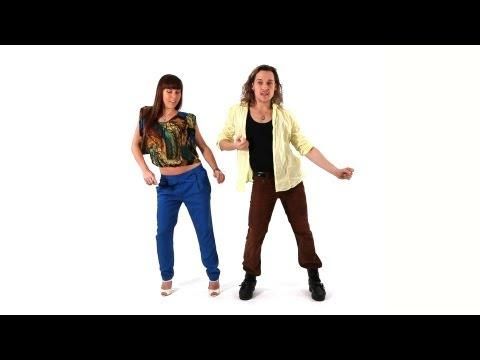
L.Ch. And if you see that a person wants, but he does not have the ability?
H.B. Of course I see it!
L.Ch. Will you tell him about it? You say that even for a minimal improvement, he will have to work for many years? nine0009
H.B. No, no, no, of course not! I will learn.
L.Ch. Could you explain, describe how your, let's say, style differs from others?
H.B. Our concept. The way I move. You can draw several shapes on the floor - a triangle, a square or a circle. I move around, in circles, spirals - this is really our hallmark with Korina.
L.Ch. What about other differences? The way you hear music..?
H.B. This is different. Are you talking about dance? nine0009
L.Ch. Yes. But dance is connected to music.
H.B. Yes, but everyone hears music differently. Those who dance, who really dance, hear the music.
L.Ch. I see a very different focus on music in the milongas here (in BA). Even the Argentines, who seem to be good dancers, pay different attention to music.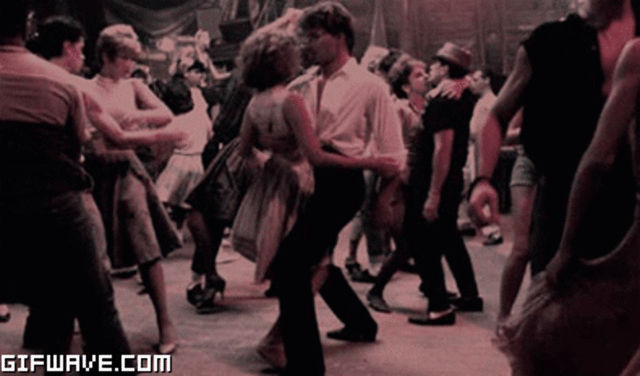
H.B. Yes. For me, a person dances well - it means that he listens and hears music. But back to the question, what I would like to draw attention to, the distinguishing feature is the movement in circles, something that we worked on with Korina. And then other dancers explored the idea a bit and started using it. nine0009
L.Ch. Not so long ago (at the lesson - approx. L) we talked about the authenticity of the dance. About dancers who have their own style. Sometimes in the milongas you can easily see who taught a particular dancer. what do you think about it?
H.B. This is fine! First you need to look up to someone, and then you find your way. This is not copying, but an understanding of “how”, if you grasp it, you become like someone else, and then you develop something of your own.
L.Ch. Do you like looking at your own style? nine0009
H.B. Yes.
L.Ch. And do you recognize your own movements in the dance of others?
H.B. Yes, sure! Many people make them!
L.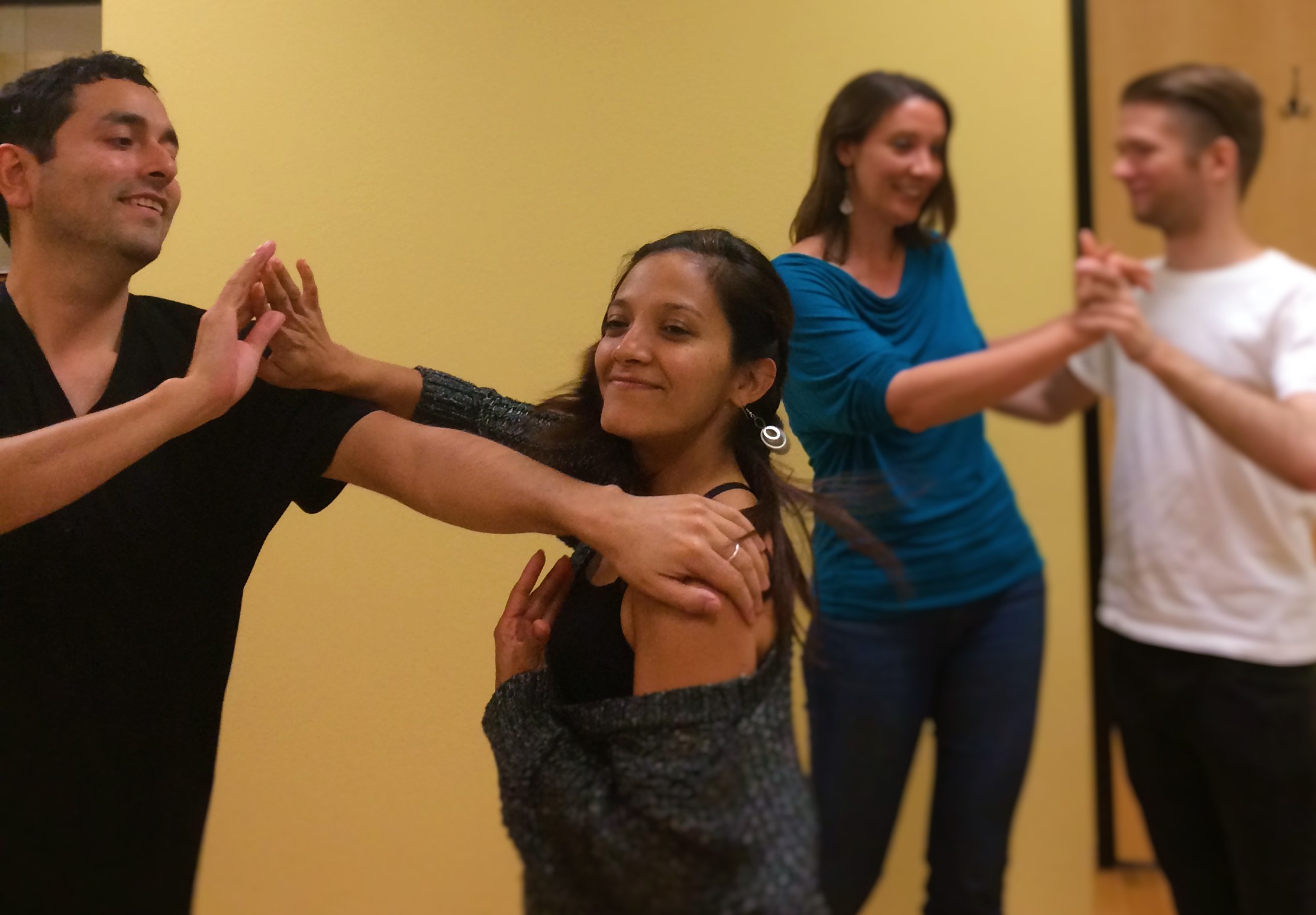 Ch. That is, can you say that some movements, some connections are yours with Korina personally, and not taken from the old milonguero, like, for example, the same soltades?
Ch. That is, can you say that some movements, some connections are yours with Korina personally, and not taken from the old milonguero, like, for example, the same soltades?
H.B. Yes, but I'm not talking about new types of steps, but rather a different dynamic, about how to execute the movement.
L.Ch. Did you have students that you would teach from the beginning and for several years? nine0009
H.B. No, not now. Before we began to travel a lot, there were. Now this is impossible. We are here for 3 months, then we leave, then again we are gone for 2 months.
L.Ch. And with those groups, before, did you ever explain to them what tango is, what it is about, about relationships in a couple, etc.?
H.B. Yes, I've been working on this a lot. When there is a group, you do not end the communication in the lesson. Sometimes you go to eat with them, talk. And they get something, just during lunch, at the common table. nine0009
H.B. Almost no one in the seminars talks about such things.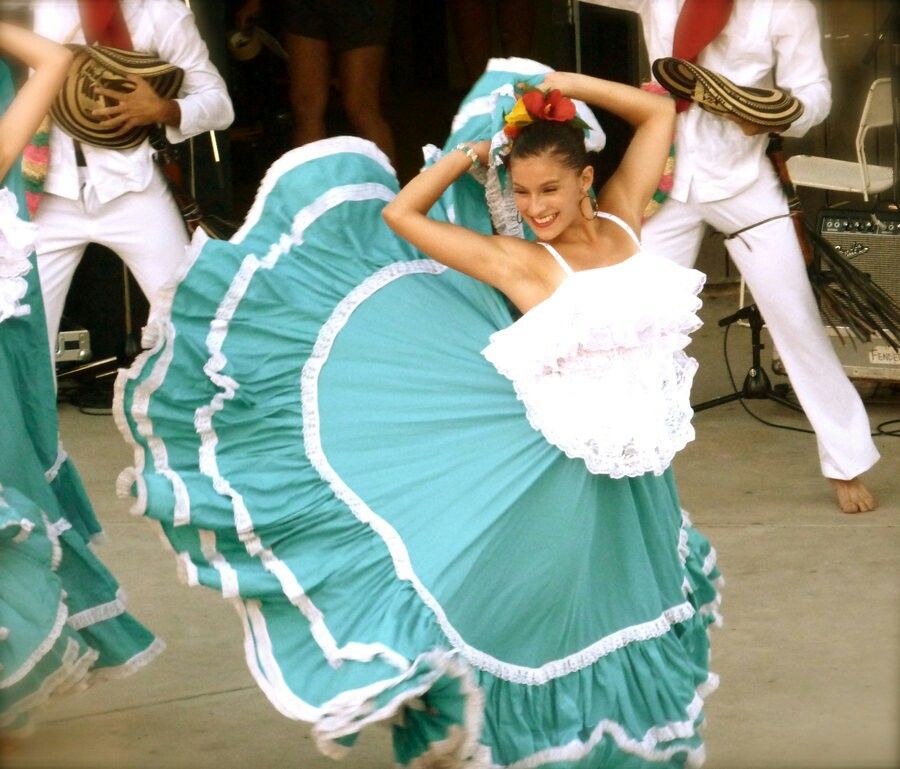
H.B. We don't have time for this. If you only talk about this at the seminar, people simply won't come. We have to teach other things. And what you're talking about takes time. It's really impossible to talk about this with everyone. I can't talk to people I don't know. If I have a group, I have some kind of connection with them, and such a connection is impossible with everyone. Now I have a certain group - several couples come here on Wednesdays, on Tuesdays to another place, on Friday they also come here for a milonga class. We have been communicating with them for 5 months and will continue for another 4 months. nine0009
L.Ch. And then?
H.B. Then we start driving again.
L.Ch. Will you be riding with Alma in a few months?
H.B. Of course! I won't leave her here. She will have to learn to travel.
L.Ch. And dance?
H.B. No... not sure.
L.Ch. Are you not sure if you will teach her to dance? Or only if she asks?
H.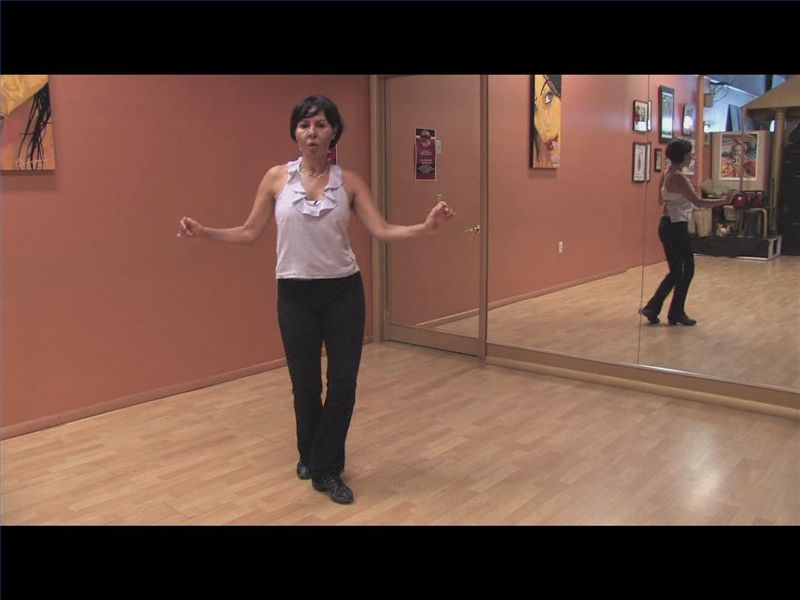 B. I don't know. I'm sure that she will somehow be connected with art, it seems to me that she will not be ... well, for example, a lawyer or a doctor. Of course I don't know. But I am sure that it will be connected with art. nine0009
B. I don't know. I'm sure that she will somehow be connected with art, it seems to me that she will not be ... well, for example, a lawyer or a doctor. Of course I don't know. But I am sure that it will be connected with art. nine0009
L.Ch. By the way, was it hard for you to get Korina's attention?
H.B. Noo! I was her teacher, yes, in general, I am Julio Balmaceda!
L.Ch. So, did you use everything you had to win?
H.B. Well, yes!
L.Ch. It's not fair!
H.B. Yes, but it worked! (laughs)
L.Ch. How did you agree to make this video…?
H.B. With electronic tango? We recorded it in the USA. They asked me specifically because they wanted someone who danced the traditional tango, not the nuevo. I agreed, saying that I would not dance differently, but I would dance the way I always dance, and listening to music - there is also some kind of music there, whether I like it or not. That is, some kind of melody, there is a rhythm, which means that it can be danced.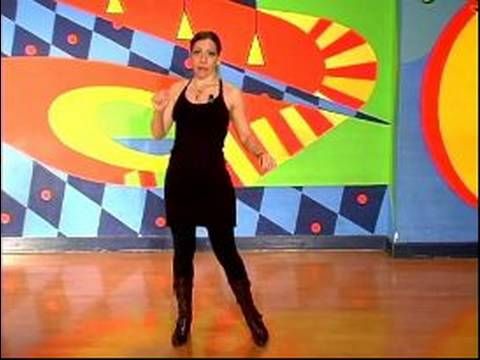 And I liked it, I was interested. We were actors…
And I liked it, I was interested. We were actors…
L.Ch. Was it difficult to lie in a coffin?
H.B. It was strange for me, it was hard for Corina. But often I was not in the coffin, only the camera. That is, when the lid was closed, I was no longer there! In general, it was all very interesting, and the team was wonderful. If I wasn't dancing tango, I would be doing something similar.
L.Ch. Would you be an actor?
H.B. No, not necessarily. But some projects related to cinema, television ...
L.Ch. Would you like to do something similar? With more traditional music? nine0009
H.B. Yes.. but I'm not that limited. I know there are a lot of orchestras (I'm not talking about tango nuevo) that play new things while still trying to keep the tradition.
L.Ch. How is Color Tango?
H.B. Yes, there are some of their new tangos that I like. Or, for example, El Arranque. We need it in order for new people to come. And many orchestras need time to “get” to tango.
L.Ch. Do you have any favorite orchestras?
H.B. No, I like many. Troilo Marino, D Arienzo - Echague, Pugliese - Moran - where there is a singer especially. Now. nine0009
L.Ch. And before?
H.B. Now I like it. I have gone through many stages. A few years ago I liked something else. Maybe in a few years I will like electronic tango, who knows. (laughs) I don't know what will happen to tango in a year. But there are a lot of interesting dancers.
L.Ch. Is it good that there are many tourists in the milongas, many foreigners?
H.B. Yes! Of course!
L.Ch. And they do not kill the atmosphere? A lot of people are talking about this. nine0009
H.B. What can they kill? There aren't many very good dancers left! Some time ago there were many such milongueros. Now there are very few of them left. They dance for 20-40 years, all the time together. And somehow they learn.
L.Ch. So you can only dance and learn?
H.B. Well, yes.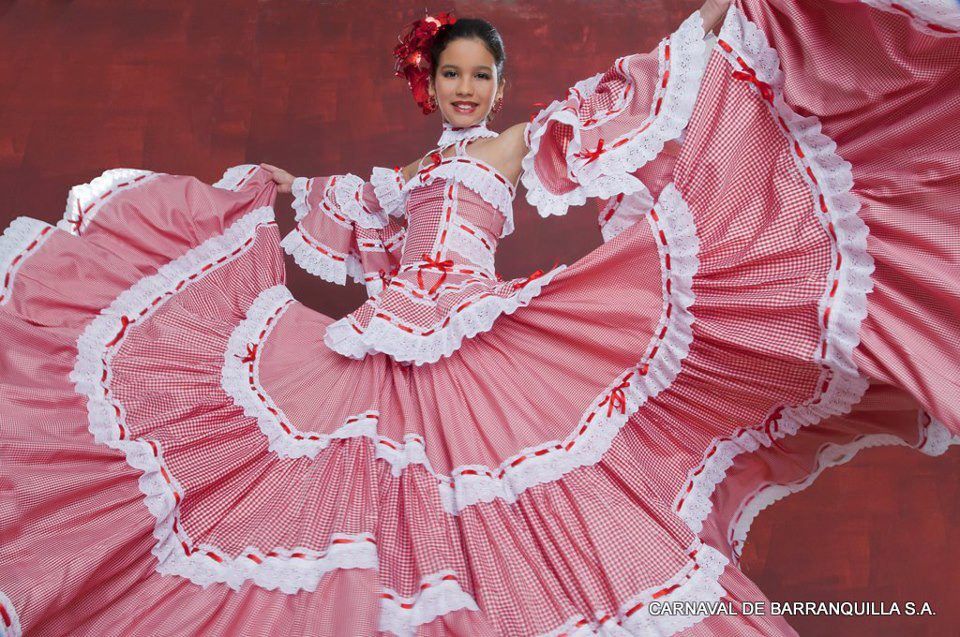
L.Ch. Then why study then?
H.B. Well, you don't live here. Yes, everything has changed. They dance like 40 years ago, and you like, I don't know, 10 years ago. It used to be different. It was tango-tango-tango and tango. It was popular. Not now. In the 40s it was really popular because ordinary people danced it. Now the cumbia is more popular, because it is danced by those who have little money. Because you have to pay to learn tango, but cumbia is free, and everyone goes there. nine0009
L.Ch. Yes, but it means that those who didn’t know how to dance properly went to milongas then?
H.B. Yes, they might not know how, but they had respect for others.
L.Ch. Do you mean on the dance floor? And now?
H.B. Don't know. I personally, of course, have no problems even now (laughs). I manage. The problem is always with the man.
L.Ch. And how to make respect other dancers?
H.B. Every man should be able to do this. Now it is more difficult, now everyone is thinking about how to make money.
